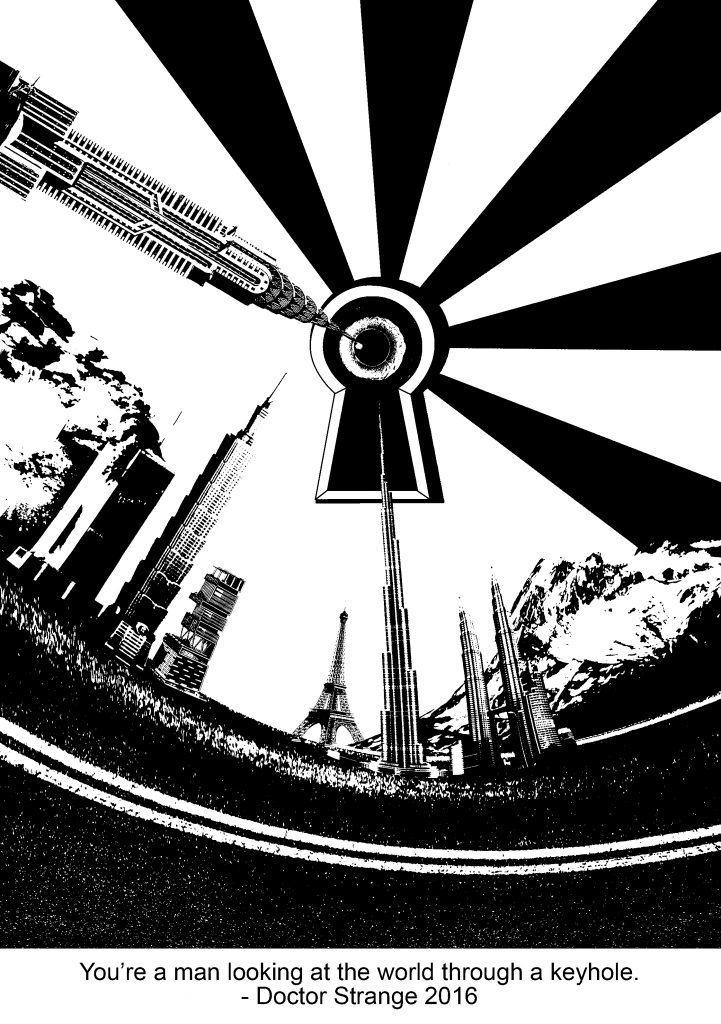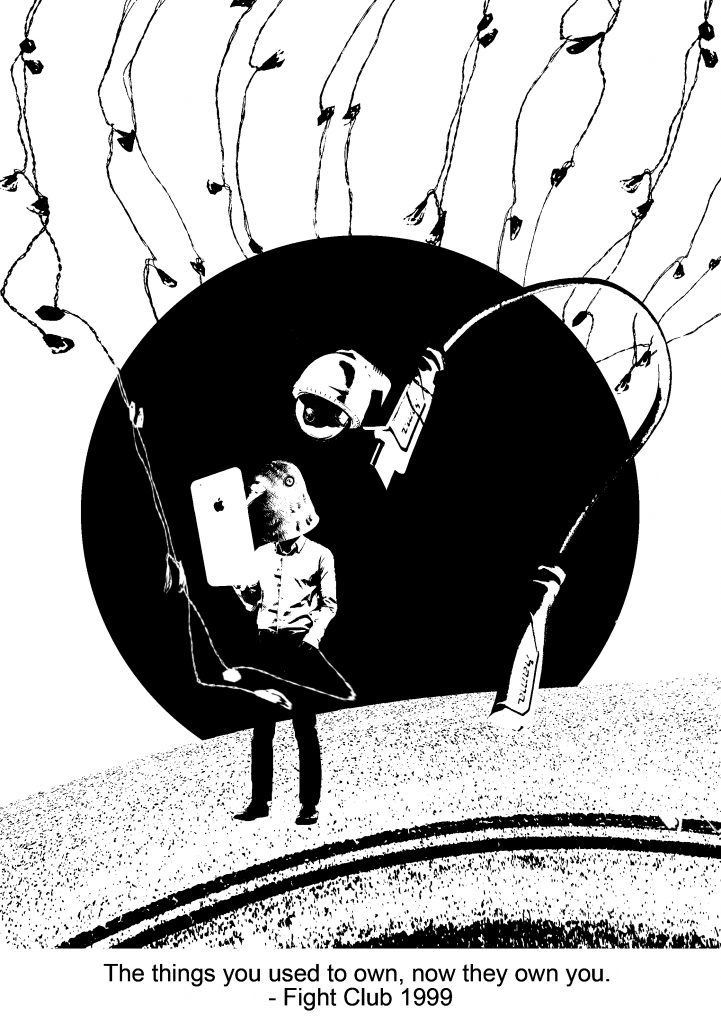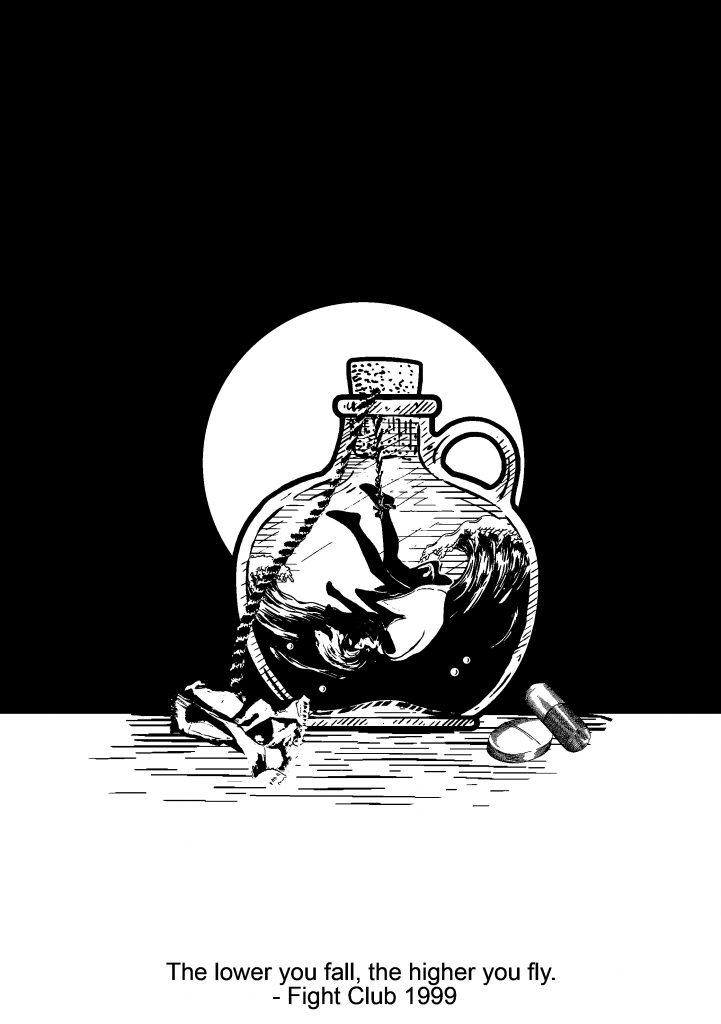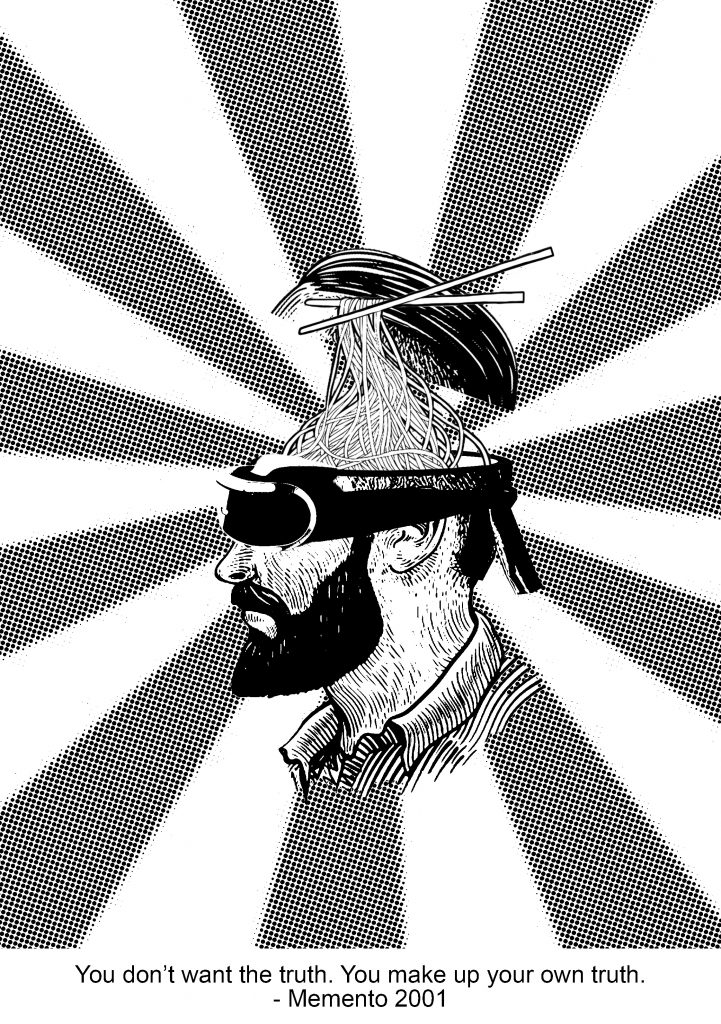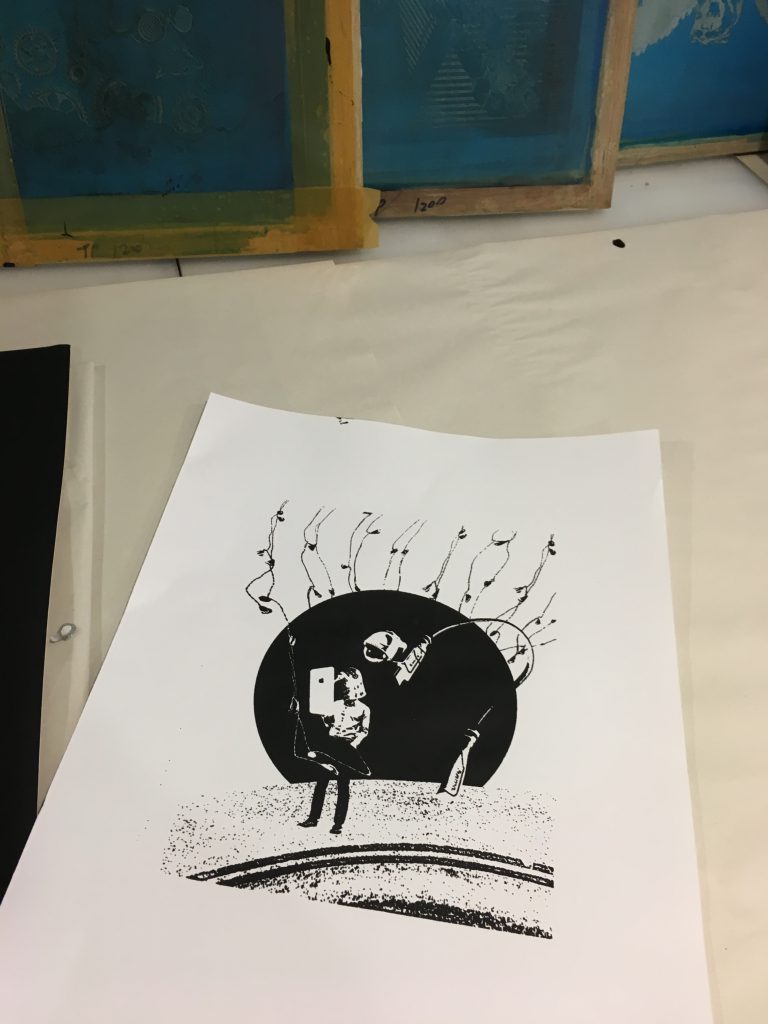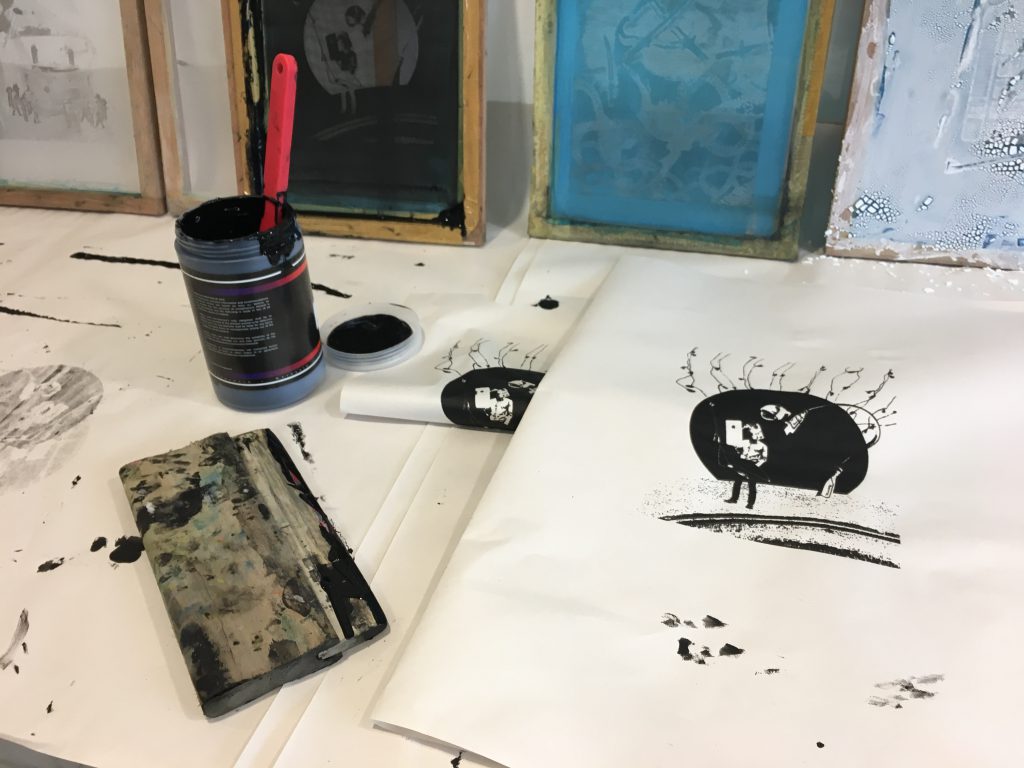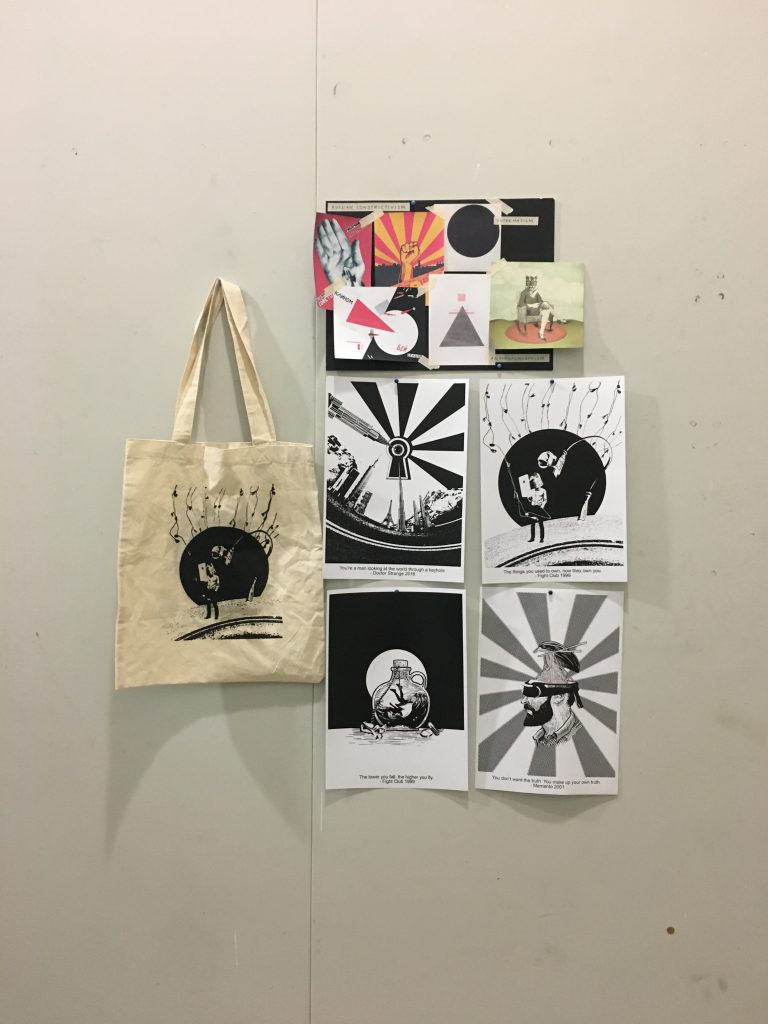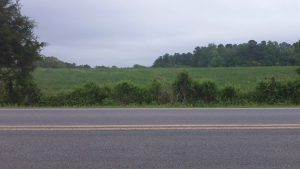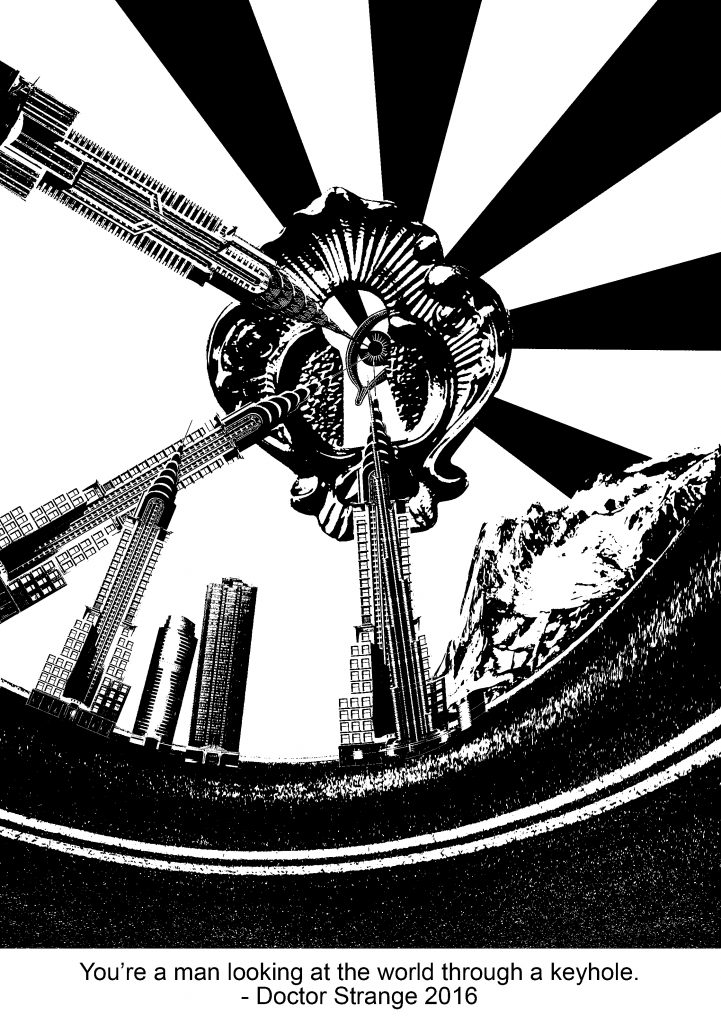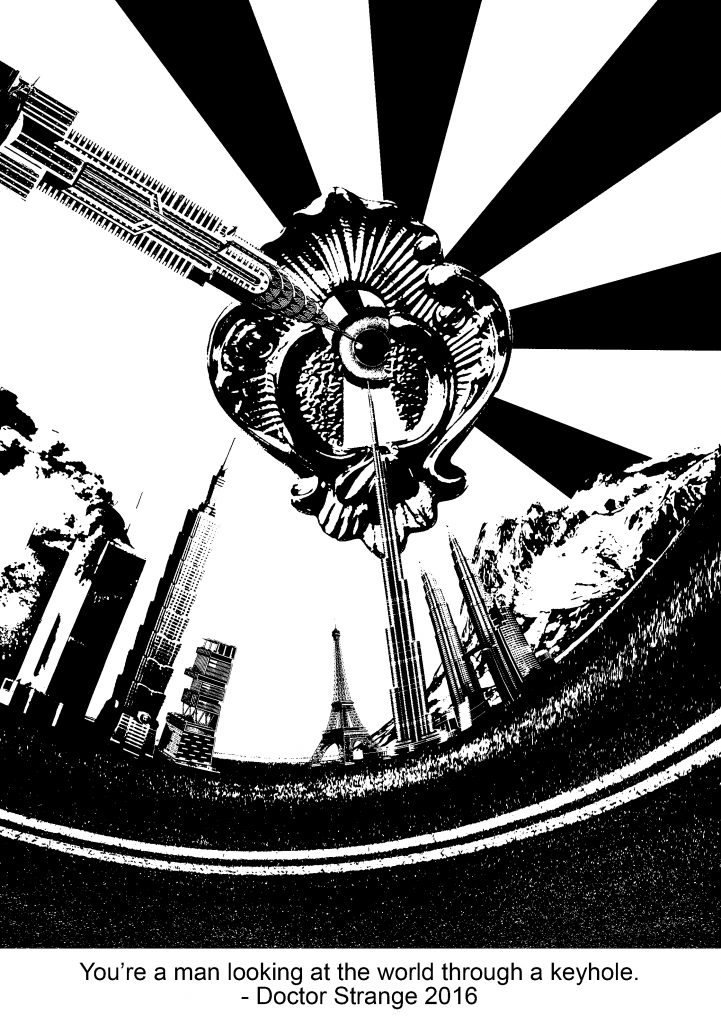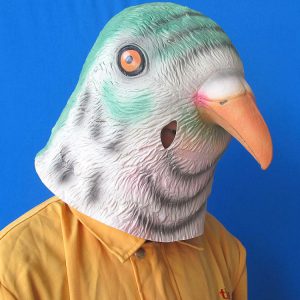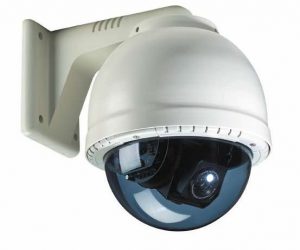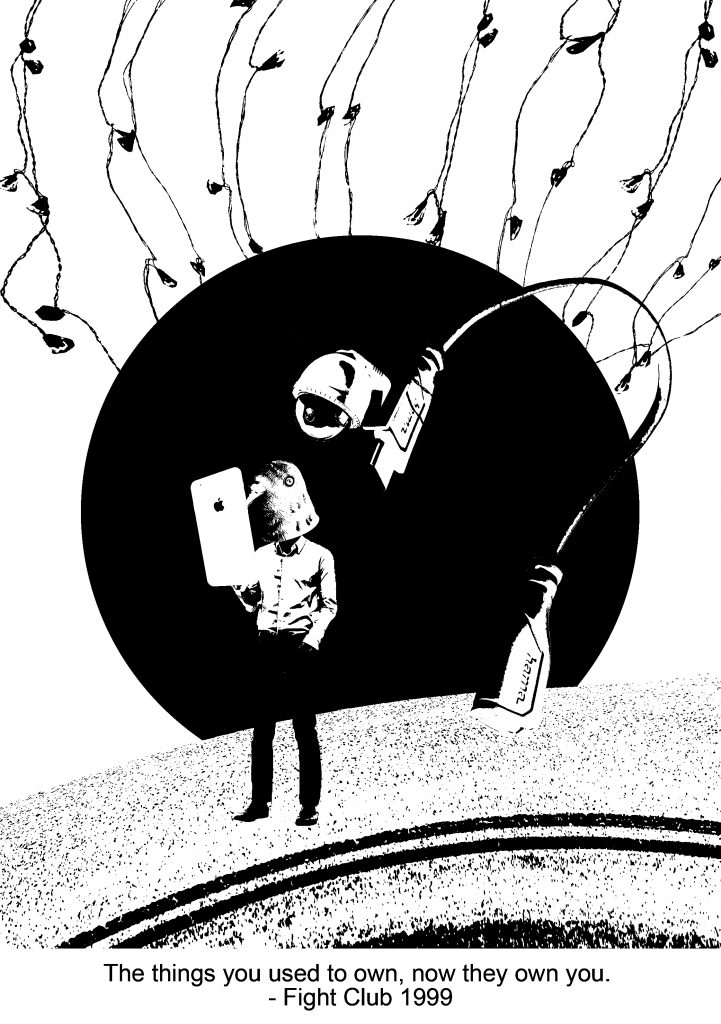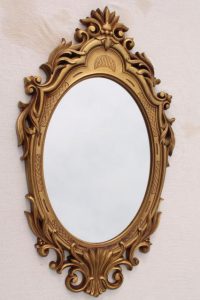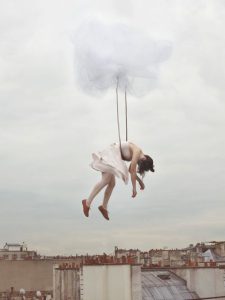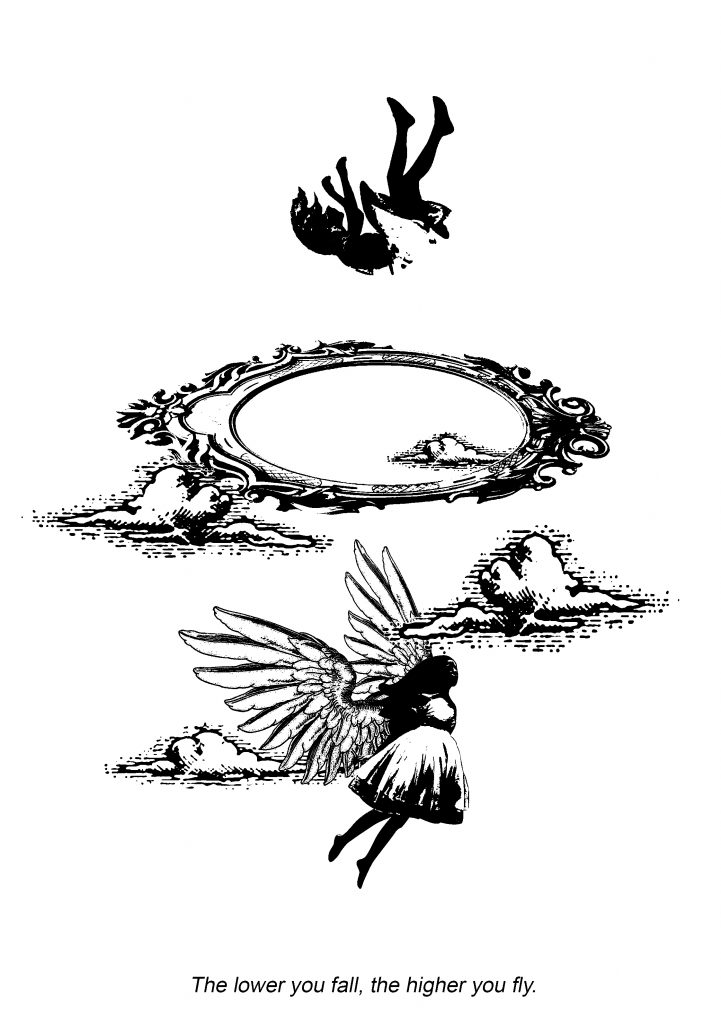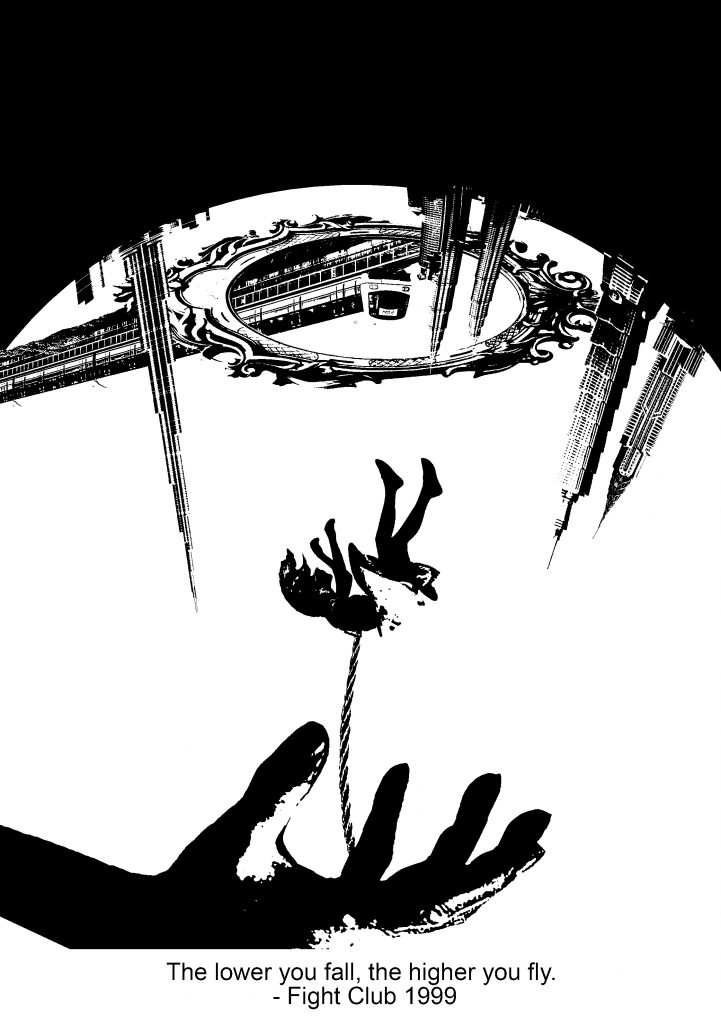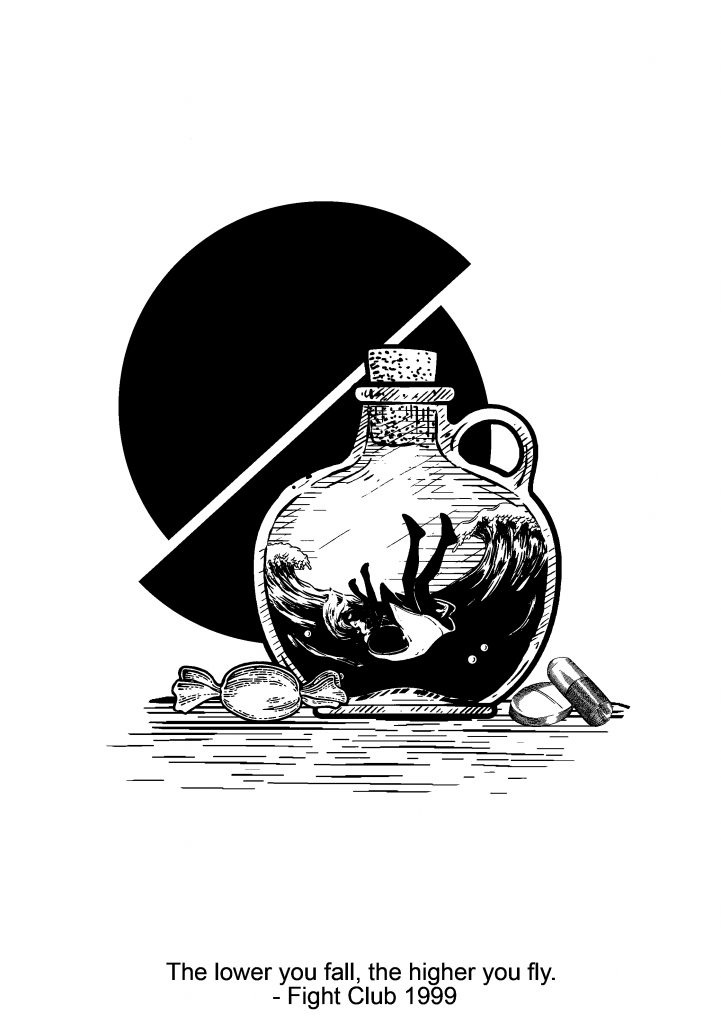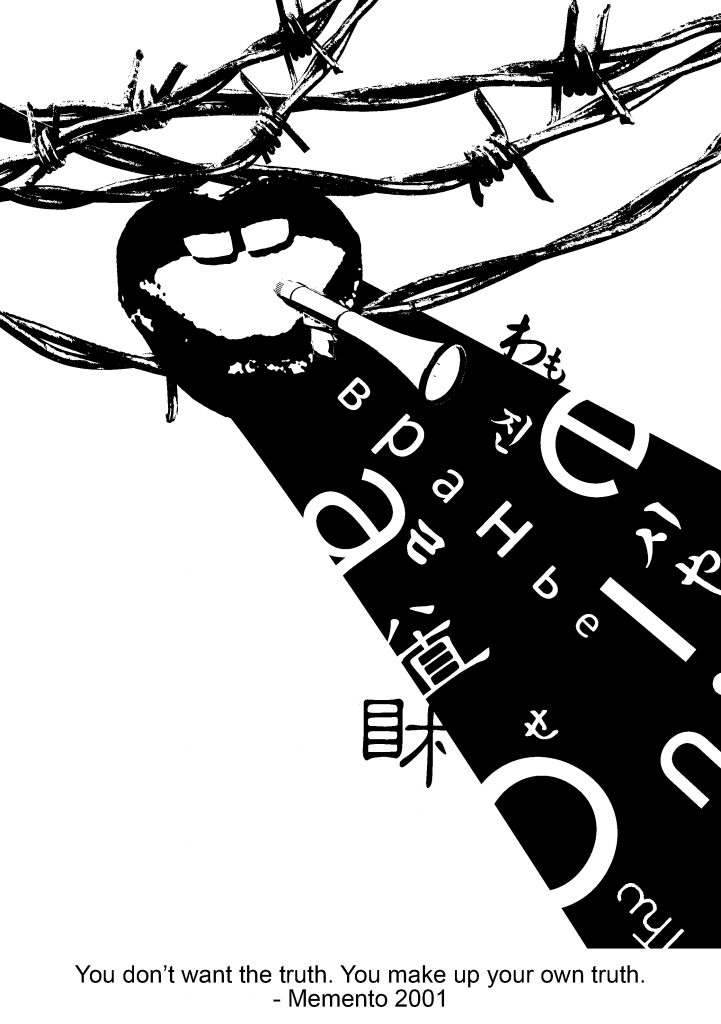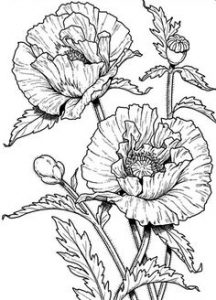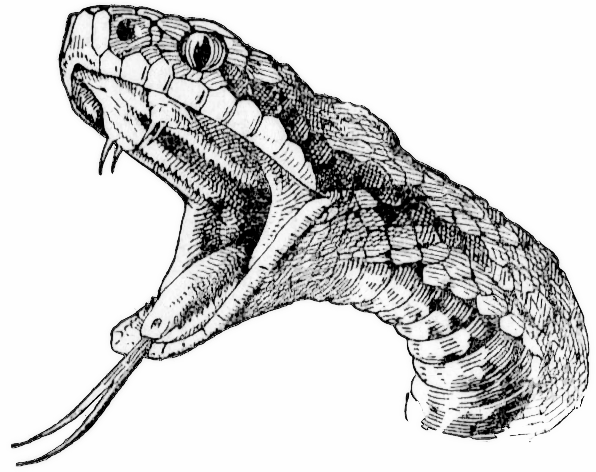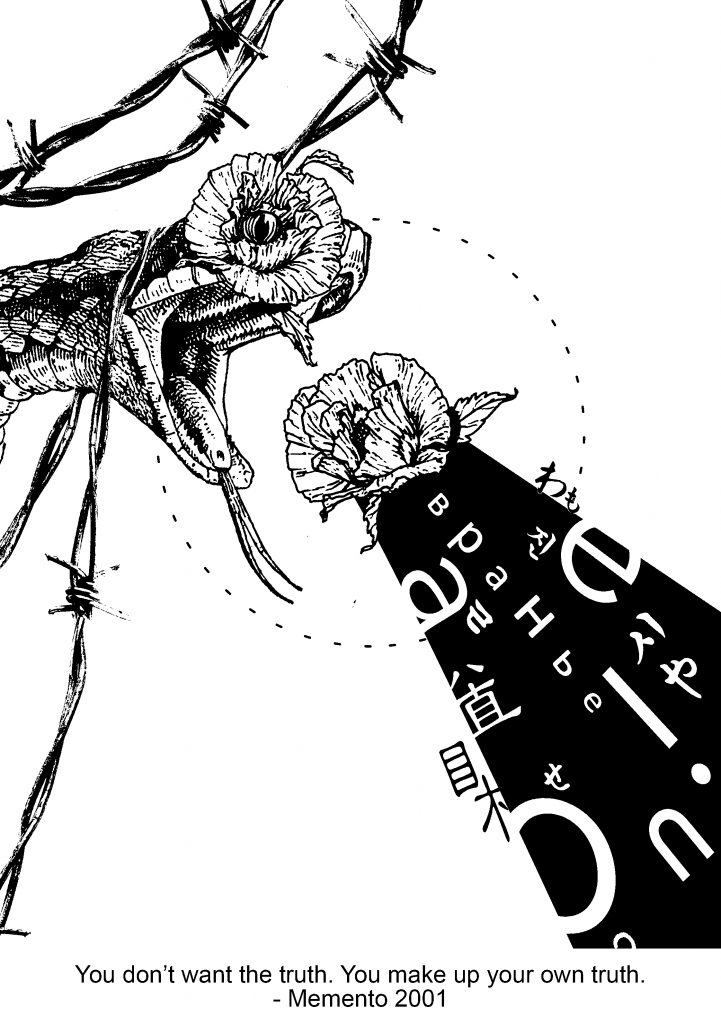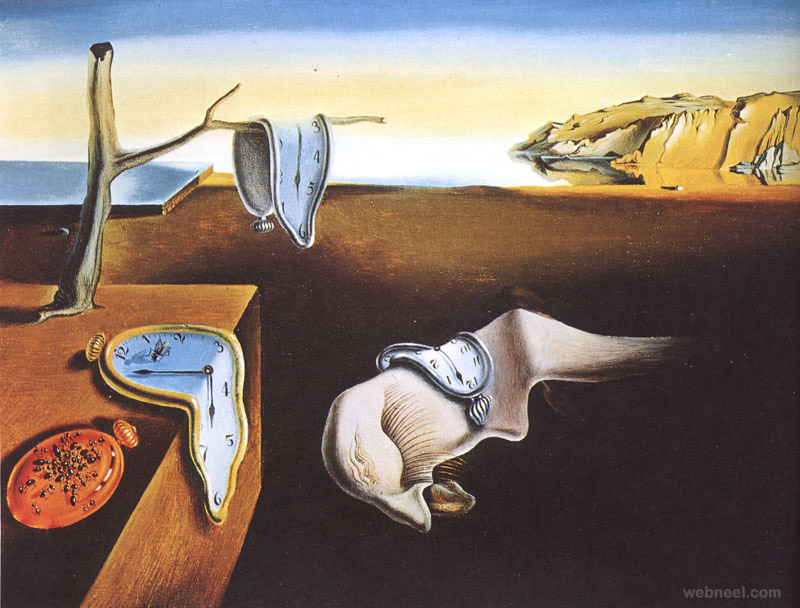These are my final designs! I’ve made the most changes to the 3rd and 4th design. Here are links to my research and process.
Part (3/3) Final (This post)
For this piece, it’s all about perspective and looking at the world in a new light. I chose common elements which we see on a daily basis, such as the buildings and the landscape, and manipulated them. The warped effect especially, allows the viewers to experience how looking in a new perspective looks like visually – different and surreal. Even for the buildings that I chose, they have their stories. I wanted to show that these “common elements” could actually reflect political and social issues in a particular country.
“You’re a bird brain!”
This is an insult that uses an animal’s natural characteristic to portray it in a human context. Similarly, when I researched about anthropomorphism, I felt that using this approach to portray certain characteristics would be useful and interesting. Not only is it not literal, but it exaggerates the persona in a fun way. Therefore, I used the head of a bird on a human body. The whole idea is to poke fun of consumerism. Humans are so obsessed with keeping up with the latest technology that it is redundant and that they fail to notice their surroundings. The unrealistic scale of the iPhone also exaggerates how the figure intently looks at the screen, without realising the surveillance camera lurking in the background.
草莓族 ; The strawberry generation.
The third design explores how youths in this generation are vulnerable and weaker. There is a stereotype of how 21st century teens are, the “strawberry generation”. When troubled teens are being tackled with a problem, some might turn to a substance abuse to escape reality. Being addicted to this destructive lifestyle would be an endless pit of no return, portrayed by the waves that surround the girl and the rope attached to the leg.
For the last design, the first half of the quote which says “You don’t want the truth” is being portrayed through the VR goggles that he is wearing and it suggests that he is living in denial, living in his own world. The second part “you make up your own truth”, is being portrayed through the noodles and chopsticks and the interpretation was that “making up the truth” is a nonsensical thing and that it has no grounds. Thus, his brain matter is being replaced by noodles, something without cognitive thoughts.
Feedback
The comments which I’ve gotten was that the effort in the research before choosing individual elements was good. Also, it was apparent on how my designs were inspired by certain art movements, such as Russian constructivism and suprematism, and that it ties in with my designs. However, some changes which I could’ve made to the designs were that:
- 2nd design: maybe show more signs of struggle. eg, the wires tangled him in a more suffocated way, maybe adding another one from the other side.
- 3rd design: The candy wrapper was not very clear and I should replace it with a candy and the wrapper beside instead.
- 4th design: Make the VR goggles more apparent. eg. add wires, use a more boxy VR goggle instead.
Comments from my classmates:
- The composition of the design is good.
- Consistency shown through the designs.
- Balanced use of black and white.
- Like the concept and style.
Reflection
All in all, I felt that this project has pushed how I conceptualise even further. From using quotes, it was not as easy to have new interpretations and meanings to them. As this project lasted for a few weeks, I could also see the gradual progress and improvement of the concepts and design composition of my works after the consultations. The silkscreen part was an eye-opening experience for me and it wasn’t that easy after all. For my case, some intricate details got lost along the way, either because the inked has smudged or that there was too much ink. Other than these experimental moments, the nature of the project, stemmed from movie quotes – something which I felt that we could all personally relate to or are interested in.
